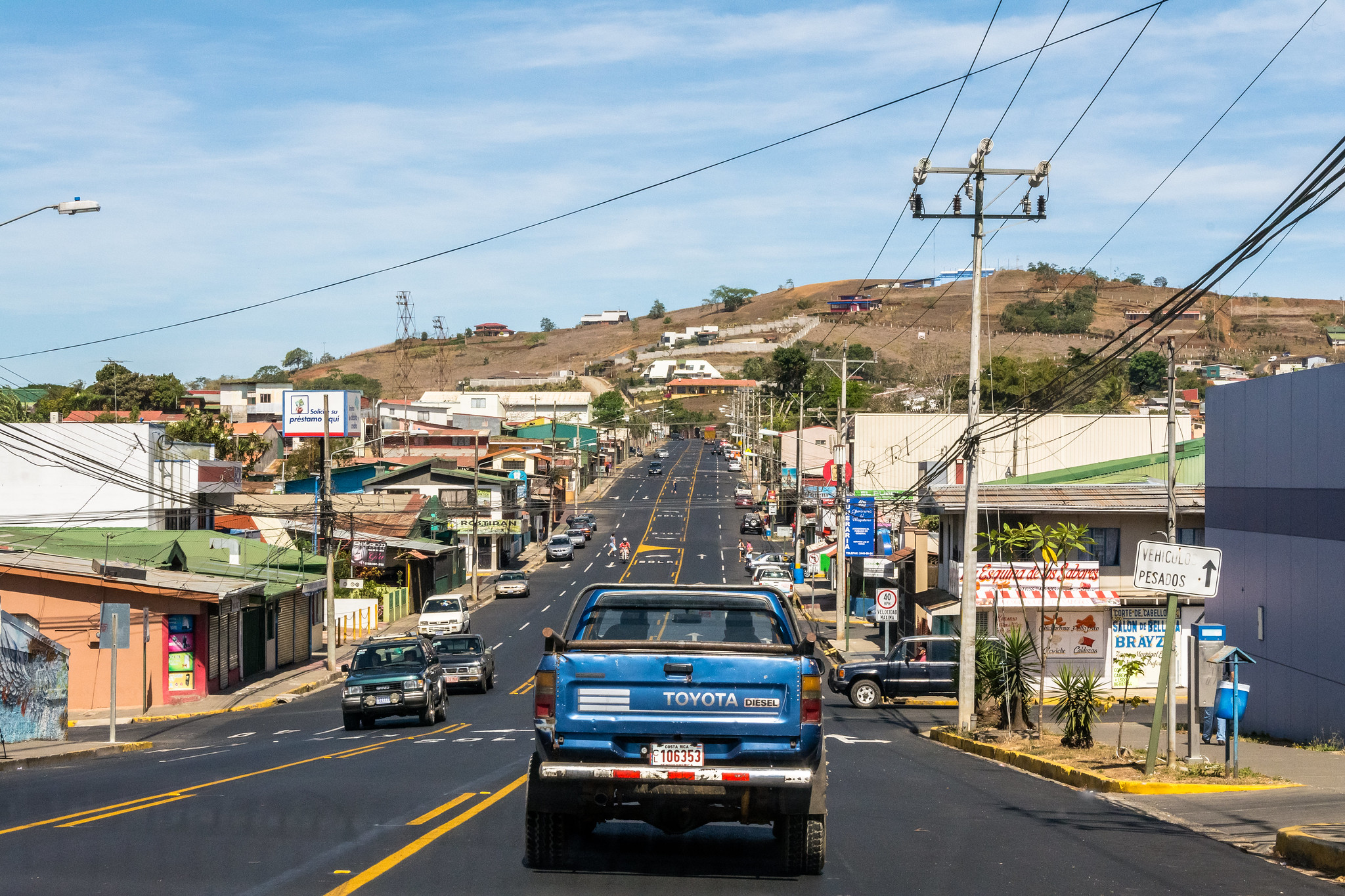SIEPAC, in operation since 2014, is the electricity grid of the Mesoamerican Project, a giant infrastructure plan between Mexico, Central America and Colombia. Funded by the Inter-American Development Bank and others, it has a capacity of 300 MW. Its operating entity and constructor, the multinational EPR, is held by the Central American and Mexican public-private electricity grid operators such as Costa Rican Electricity Institute (ICE) or the the Mexican Electricity Commission (CFE), engaging different actors and geographically disparate sites. The project focuses on SIEPAC-connected sites in Costa Rica and Mexico.
The international electricity transmission line stretches over 1830 km from Panama northwards to the Guatemalan border with Mexico and aims to allow unhindered energy flows, scaling up power generation and -sharing. SIEPAC in fact connects large-scale energy generation with the electricity demand by (agro-)industrial and energy-intensive economic activities. The Mesoamerican Project infrastructure plan was a transnational, "regional proposal" (AMEXCID, 2017) from inception, invoking Latin American unity. The official infrastructural imaginary around SIEPAC focuses on the competitive generation of and access to electricity, yet protest movements employ a language embedded in larger narratives on colonial global economy and war. Grassroots initiatives claim people have been displaced and endangered by projects that generate energy for export and have repeatedly fought against such projects.
If we consider the multiplicity of agents involved in its creation and use, and the framing by counterpublics, the material infrastructure is not the only element that reveals the conflictive social relations around the project, nor are the pylons with an appreciable impact on the physical landscape the only connective dots. In fact, then, SIEPAC reaches far beyond the countries in which its material infrastructure is built.

